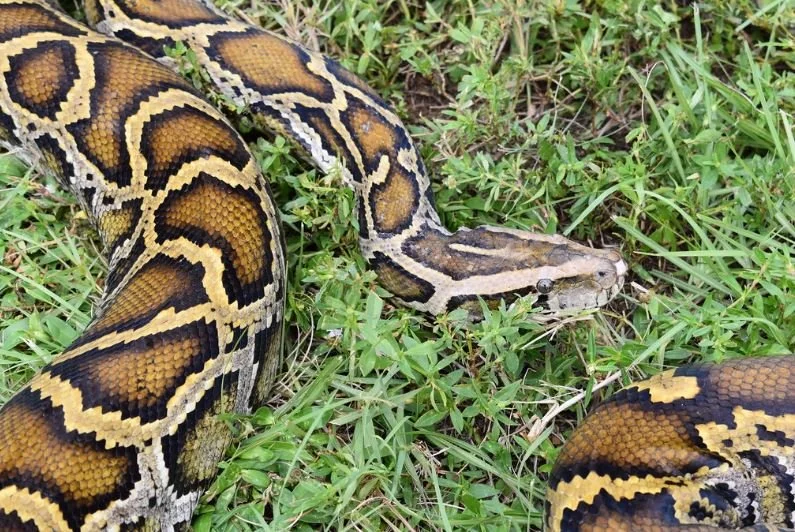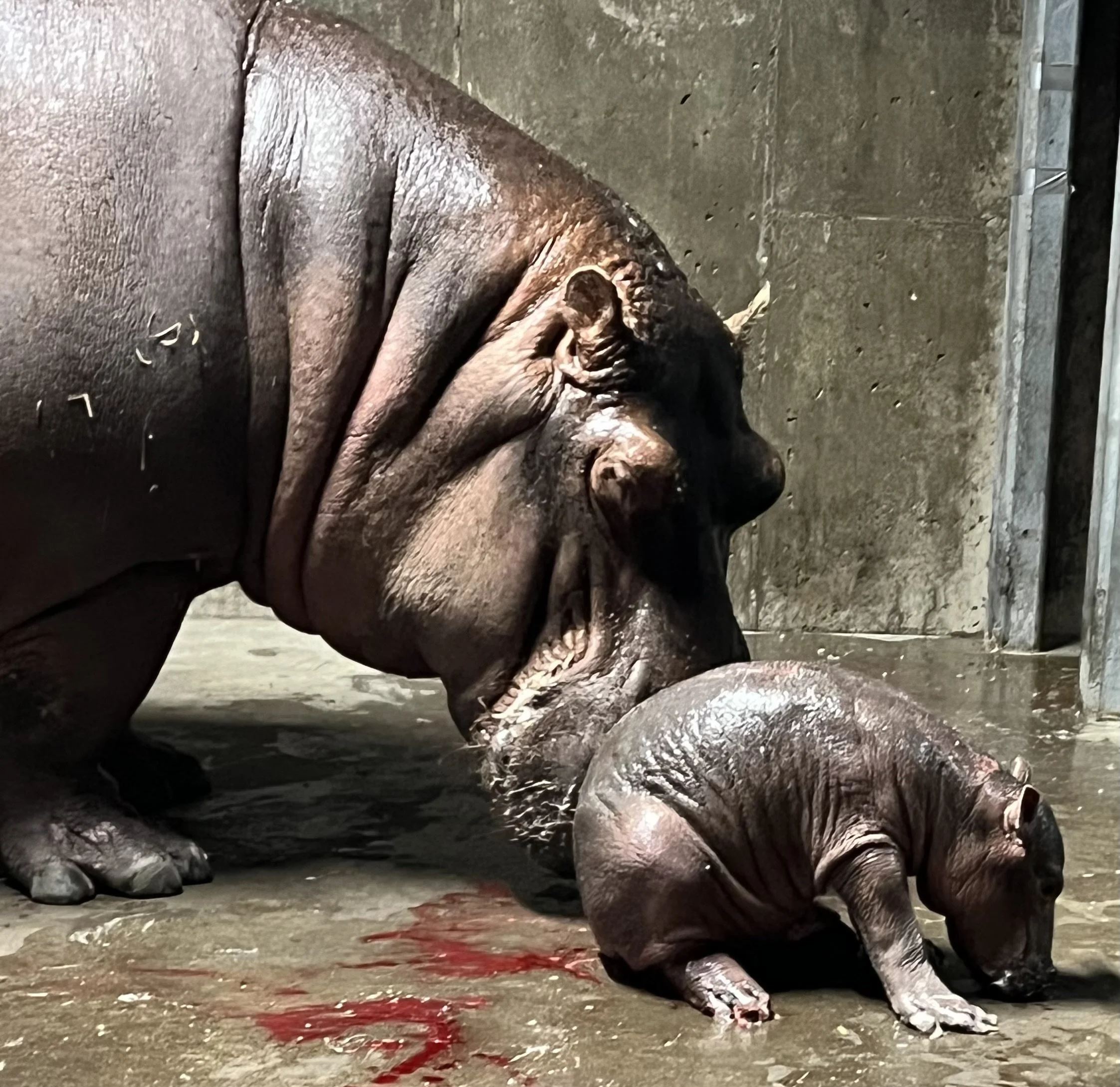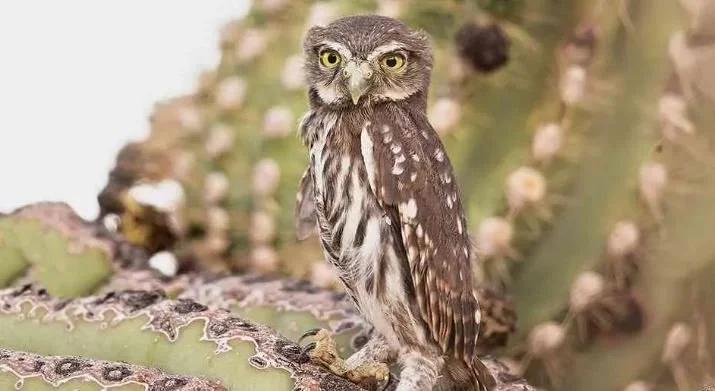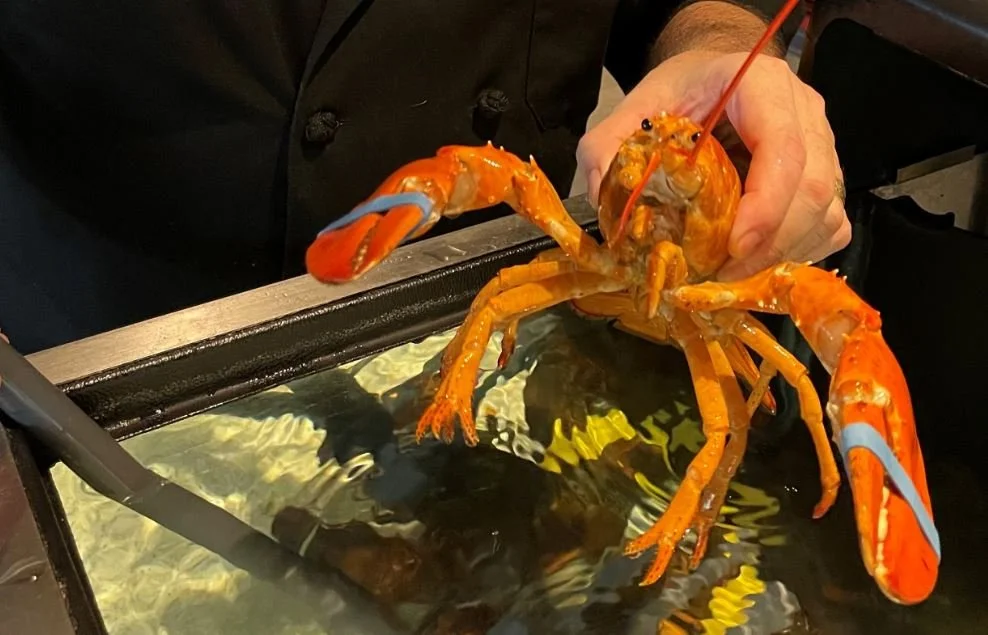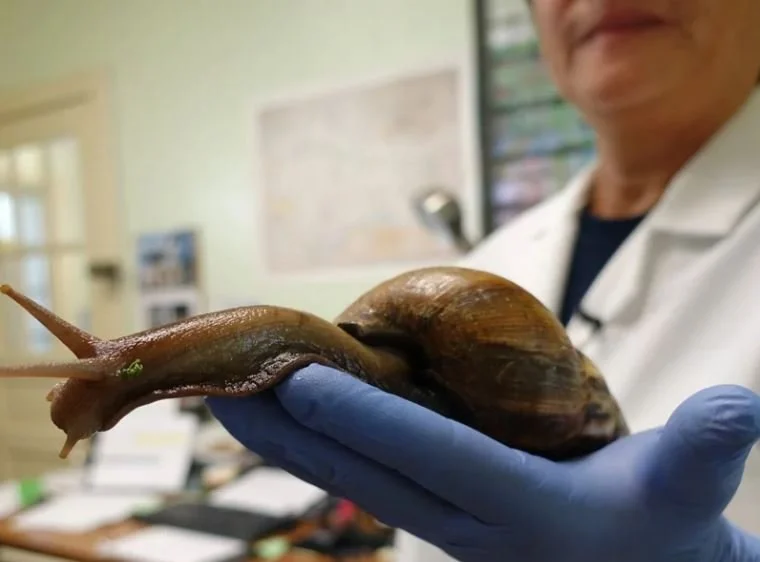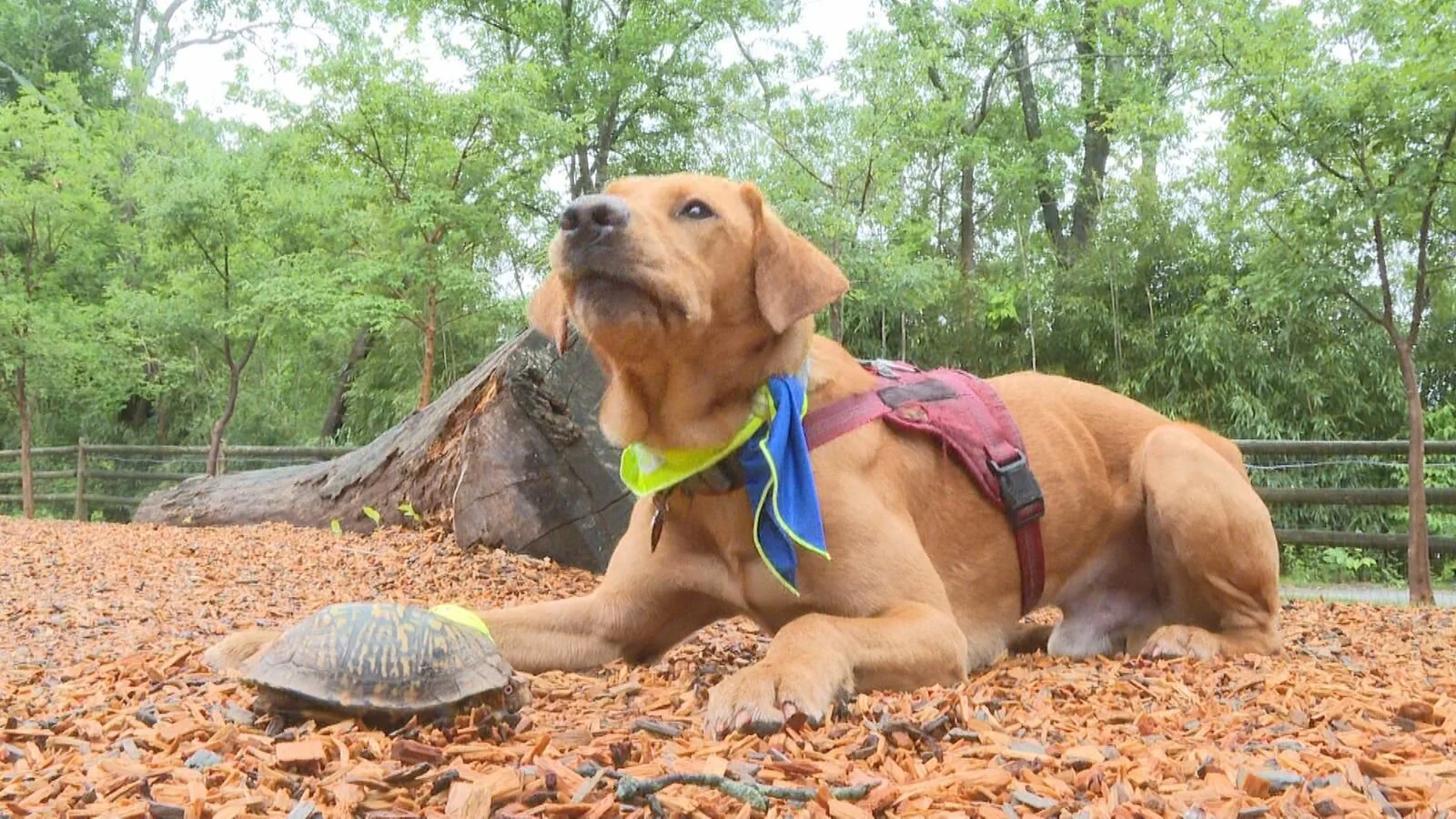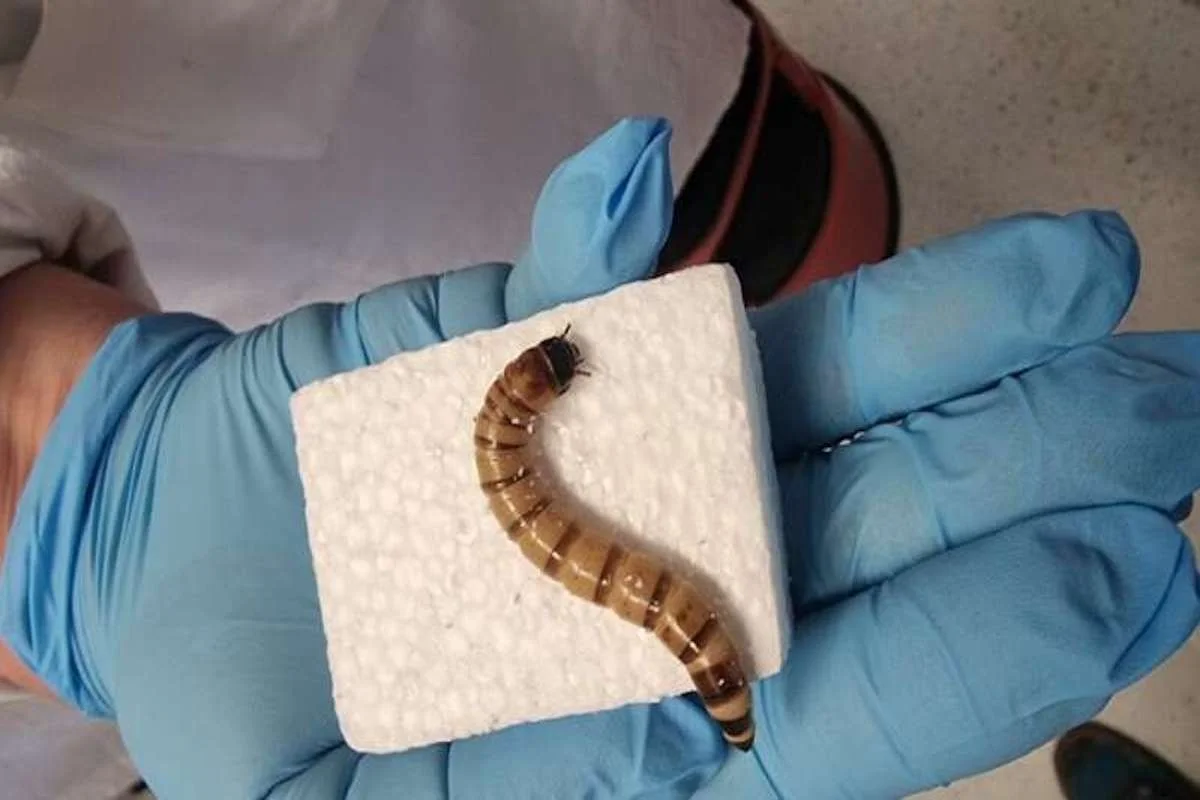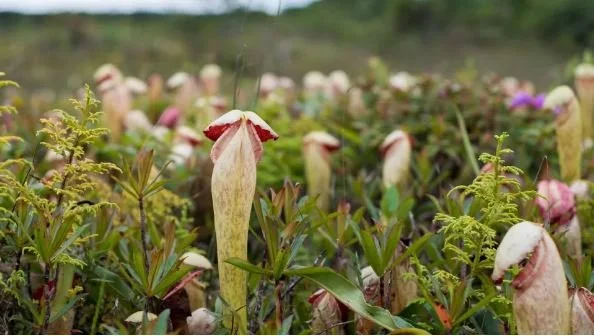Nearly all turtles born on Florida beaches over the past four years have been females. Climate change is to blame, as increasingly warming sand where turtle eggs incubate have churned out a 99% female-to-male ratio over that time.
Hi.
Welcome to my blog.



